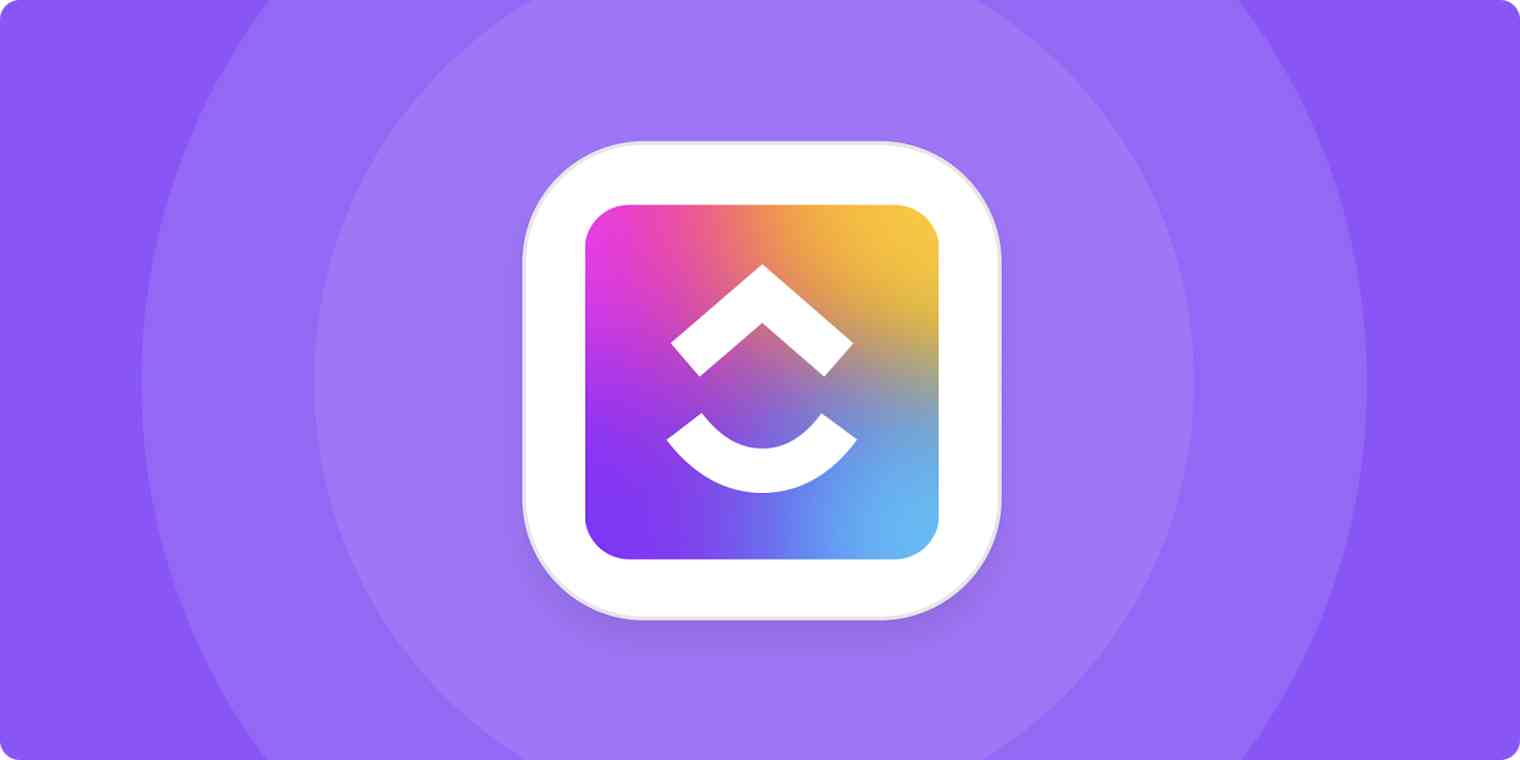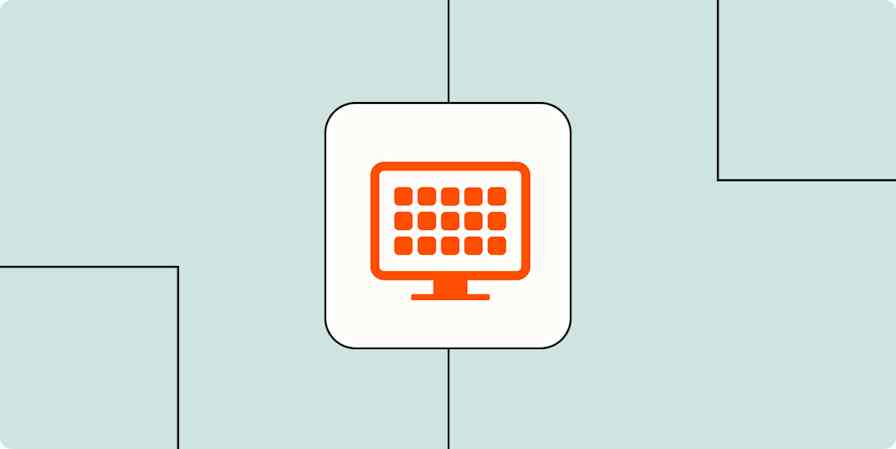App tips
7 min readHow we run onboarding, support, and operations in one tool
This business consolidated all their operations into ClickUp. Here's how.
By Quincy Smith · May 28, 2021

Get productivity tips delivered straight to your inbox
We’ll email you 1-3 times per week—and never share your information.
mentioned apps
Related articles
Improve your productivity automatically. Use Zapier to get your apps working together.








